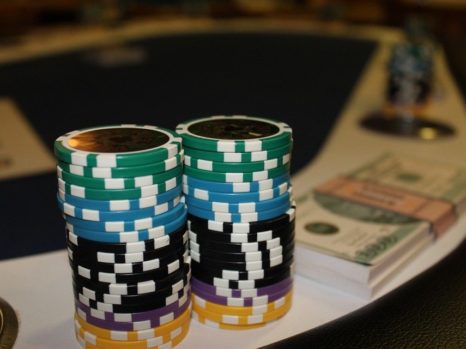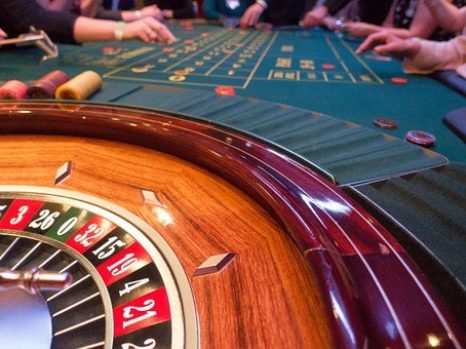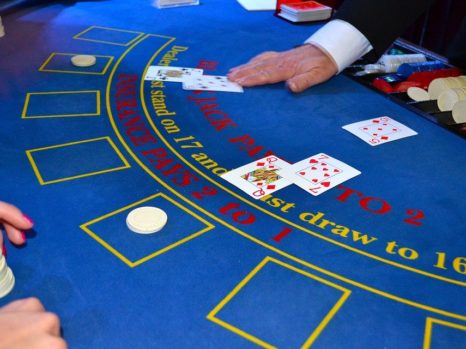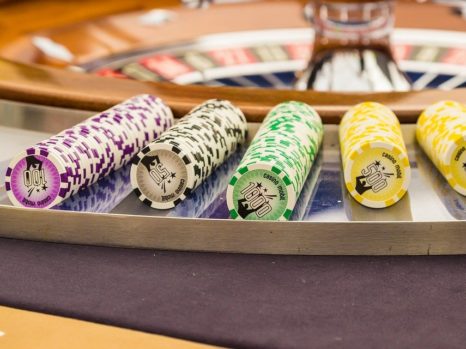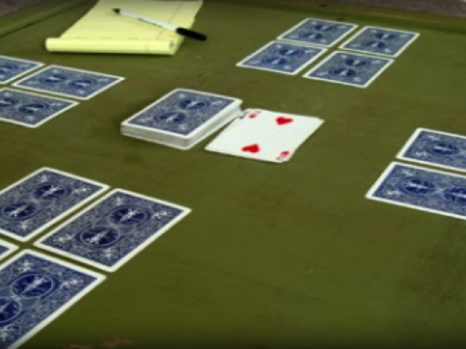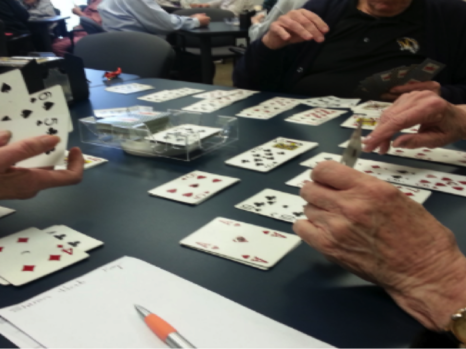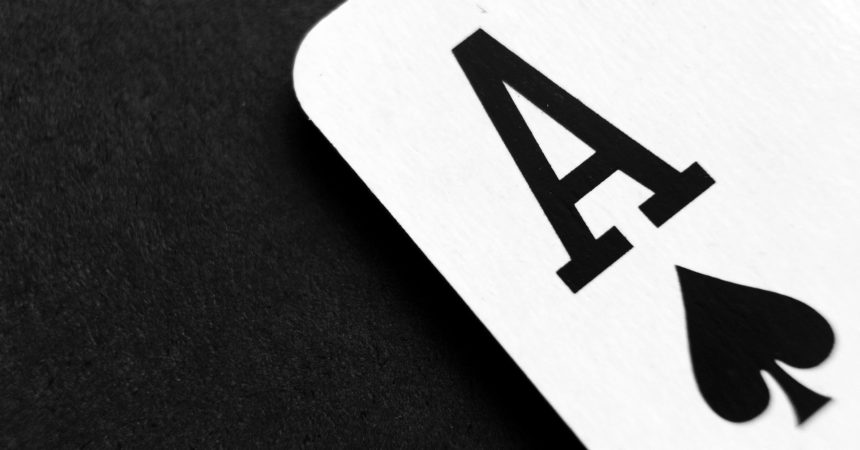A lot of people can say that they have played cards at least once in their lifetime. And this includes kids’ games, adult gambling, hobby or even a simple boredom solitaire. This means that a large number of people could recognize the names of the cards, would know the value of each card, and would know the rules to at least a couple of games. But did you ever wonder where they all started? How come there are so many ways of looking at the games with cards – some find them offensive, some find them addictive? When and where were they invented and how come this issue has so many interpretations?
ORIGIN OF CARD GAMES
The Chinese did it
Like many other wonderful inventions, we still enjoy and wonder at today, playing cards were first mentioned in Chinese literature. And they date back all the way to the 10th century. Somewhere in 868 A.D., mention is made of a leaf game, played with woodblocks. Little is known about the rules of the game or the printing on these blocks. But we know that the habit originated in court, that it was a practice among Chinese courtiers, and that the leaves did not have numbers on them.
Between the 11th and 17th centuries, the games started to develop into something more similar to the games we play today. There is a strong association with chance, risk taking, and winning money, as well as with alcohol consumption.
From China to Persia
By the time they reached Persia and some other Arab countries, playing cards came in decks of twelve, with two top cards, consisting of the king and the vizier, and the rest of the cards being called pip cards. Among the motifs developed during this time we mention the coins, clubs, jugs, and swords. Bet you only knew the motifs of the deck you used to have at home or of the ones on your computer Solitaire game. Well, then know that there is a variety of motifs worldwide, but we will get to those later.

Playing cards
Playing cards in Europe
It is thought that playing cards have reached the European continent somewhere around the 14th century. The model of the deck had Arabic motifs. They were first mentioned in the South of Europe, in Florence, Catalonia, and Paris.
By the 15th century, decks had started being produced with devotional images, by specialized manufacturers in Ulm, Nuremberg, and Augsburg. During this same time, as they spread through different European countries, the motifs started to vary. There are suits of Leaves, Hearts, Bells, and Acorns, or Shields, Roses, Clovers, Tiles, and Pikes.
SPECIAL DESIGN CHANGES
Ask any person who has ever picked up a hand of cards and played a game, how the cards must be held. They will all tell you that, unless you have a deck and you must play the first or last card, you have to fan out the cards in front of you and keep them together so as not to tempt other players into peeking. This is possible thanks to the fact that playing cards have the value printed on the outer corners of the cards, on a diagonal. Therefore, there is no risk of holding a card upside down, as you would still get the same value. The first pack printed in such an innovative manner appeared in the 19th century.
Another feature dating back to those times consists of the rounded edges. We bet you did not give it a

Playing cards
second thought and that you only noticed worn out corners of an excessively used deck. Well, know that sharp corners were replaced by rounded corners in the 19th century. And this is also around the time when they started printing on the backs of the cards. Up until the middle of the century, cards were blank on the back. This tempted people to write on them or make specific marks that would be an indication of the value of the cards. After numerous accusations of cheating, the backs of the cards started to be printed, and with very intricate patterns, so that the subtle marking anyone would be tempted to make, would not be easily spotted.
THE MODERN DAY DECK
Today, although there are differences between motifs, deck formats are the same. There are four suits to play with, regardless of whether you choose to call them Hearts / Cups / Roses, Diamonds / Tiles / Coins / Bells, Clubs / Clovers/ Acorns, or Spades/ Pikes/ Swords / Shields / Leaves. You will find these differences when playing with an English, French, German, Italian, Spanish or Swiss-German deck.

A Joker card
As far as appearance goes, you will see that manufacturers are free to do whatever they want on the back of the cards, but the format of the deck remains unchanged. For one, the design is public domain, allowing all manufacturers to copy it. The only one whose image has not been standardized remains the joker. As this was a latter addition to the deck, it did not go through the same process as the rest of the cards.
But do not be surprised if, in your travels, you will come across packs of cards with 32 cards instead of 52, 21 or even 24 cards. Some decks may be specially made for playing games that do not require the full deck. It is the case of pinochle, a French deck made up of 48 cards with ace cards on all four suits and two copies of each of the 9, 10, and royal cards. Another good example is Schnapsen, played in Austria, which requires only 24 card decks, with the cards 2 through 8 being removed.
CONCLUSION
If you are an avid card player, most chances are you never even gave a second thought to the cards in your hand. You like the game, you enjoy the feeling of holding them in your hands and making the best of your chance and your skills. But we believe that, if ever your passion should allow you to play cards with people in different scenarios, it would pay to be aware of the differences.

